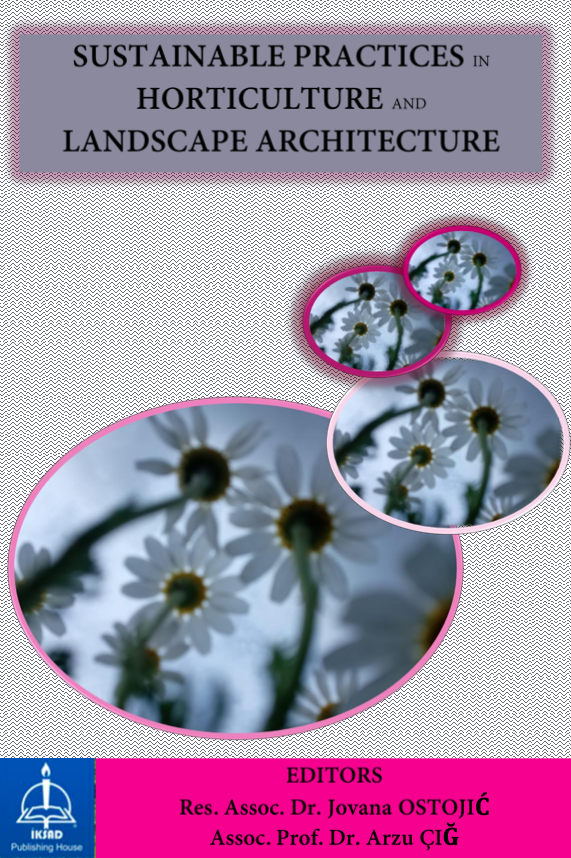Sustainable practices in horticulture and landscape architecture are necessary from several aspects. First, intense globalization is expanding market boundaries, resulting in increased and more diverse demand for horticultural products. The increased demand for new plant species and varieties depends, among other things, on the introduction and selection of new plant species from natural populations, but also on the intensification of existing production, which can have a negative impact on ecosystem sustainability. In recent years, this issue is also increasingly being researched in urban and peri-urban areas from a landscape architecture point of view, including social programs, all with the aim of improving the health and quality of life of local communities. In order to conserve natural resources, improve our environment, create economic opportunities, and meet our nutritional needs, it is necessary to develop best practices for sustainable horticulture and landscape architecture.
SUSTAINABLE PRACTICES IN HORTICULTURE AND LANDSCAPE ARCHITECTURE
ISBN: 978-625-8323-13-9





